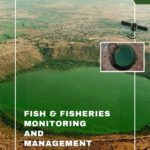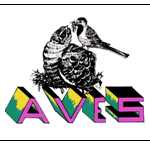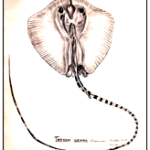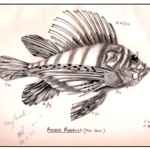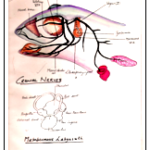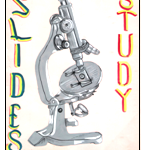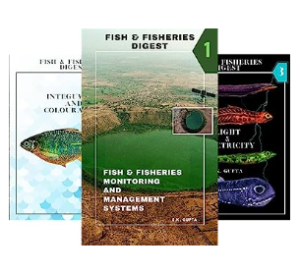
Recent Blogs:
- Question Bank October 10, 2024
- The Fish and Fish Diversity October 10, 2024
- Bio-etymology PART – 12: ECHINODERMATA June 2, 2024
- Bio-etymology PART – 11: MOLLUSCA November 27, 2022
- Bio-etymology PART – 10: ARTHROPODA September 16, 2022
- Learning Bio-Etymology- Part 9 – ANNELIDA March 27, 2022
- Learning Bio-Etymology- Part 8 – NEMATODA January 28, 2022
- Lot 14 (Part-7) January 19, 2022
- Lot 14 (Part-6) January 19, 2022
- Lot 14 (Part-5) January 19, 2022
FISH IDENTIFICATION IN THE FIELD
The prime logic of suggesting instant ‘Identification of fish in the field’ is because of the fact that the colourful adornments of FISHES can only be recorded when they are live. It is not to be emphasized that most fishes have their Genus/Species specific colourations which mostly fade out on preservation over a period of time. Other taxonomic exercises (like meristics or morphometrics) can be performed even after preservation but observing and recording characteristic colour patterns is possible in the field itself.
Diagram Gallery – Teaching Tips – Bio-Etymology
Teaching Tips: An Engrossing Segment
Diagrams are the visual representations and that the support of ‘diagrams’ in any kind of science whether social, physical, chemical or biological, makes the written / printed matter well-displayed and more absorbable. For Biological Sciences, in particular, the diagrams are aptly referred as the ‘life line’. Furthermore, some have rightly said that ‘diagrams are important tools for a biologist’.
BIOLOGICAL LANGUAGE : BIO-ETYMOLOGY
At any level, may it be animals in general or Man in particular, there is some structured or indicative or behavioural system of communication. It is simply referred to as a kind of ‘Language’. In a broader sense, ‘Language’ is the method of communication that involves the use of various languages (in various countries) spoken by man. Articulation of words in a definite sequence is the basic of formulating a Language and knowledge of words forming it and their ‘sense’ is of utmost importance.
